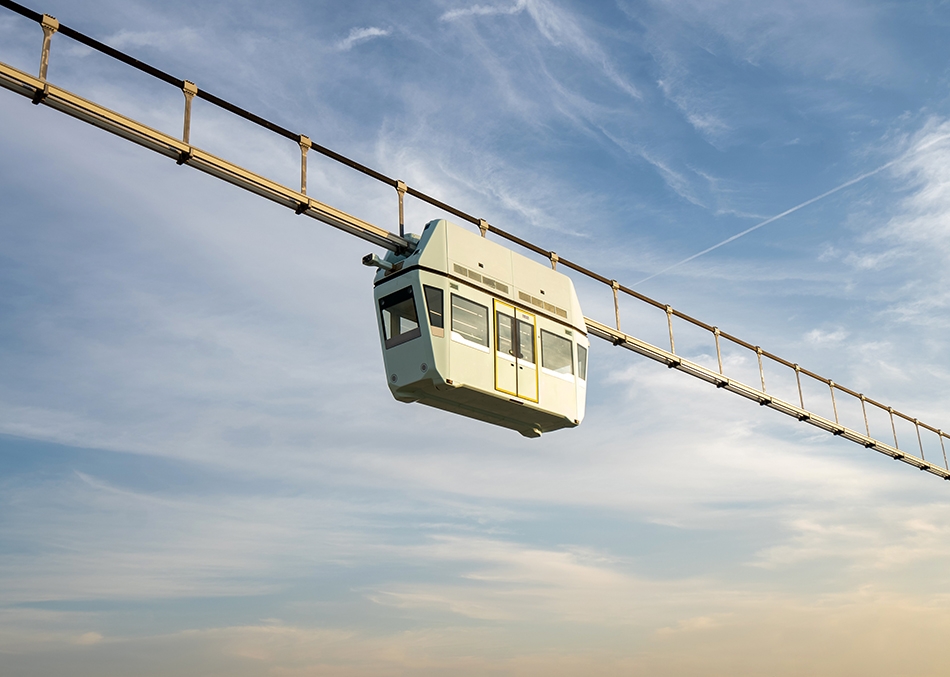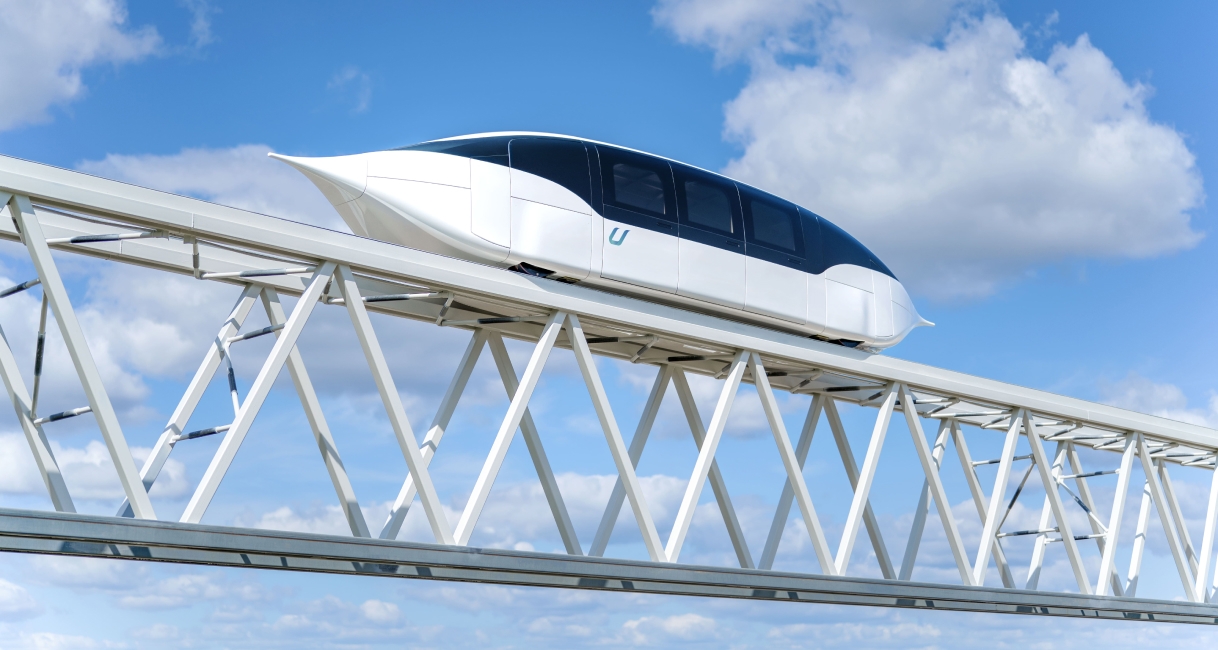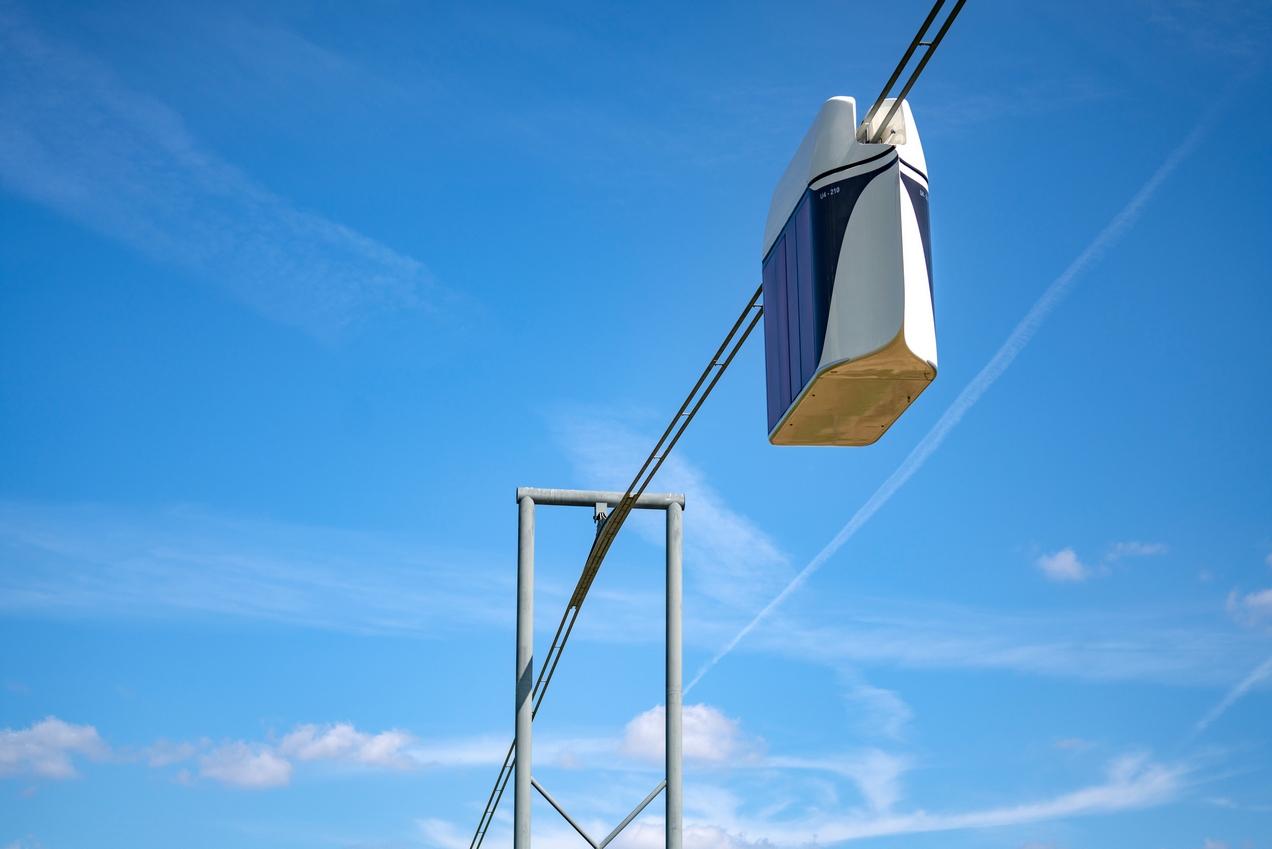The Bet on Intellectual Capital: How Are Intangible Assets Generated in UST Inc.?

Unitsky String Technologies Inc., as a scientific and engineering company, attaches great importance to the generation of intangible assets. How does the process of generating items of intellectual property go on in UST Inc. and what advantages does this give to the company?
Intellectual capital is an important part of business
UST Inc. believes that intangible assets, along with tangible ones, have high value for the company.
"An entity can buy or sell an intangible asset, transfer, receive it for free, or generate it from scratch. Intangible assets also help to improve the product. For example, UST Inc. has developed a new technology for testing track structures. It made it possible to carry out a preliminary assessment of the operability of new rail structures and thereby increase the durability of the solutions used. The company has registered this development as know-how and included in the balance sheet as an intangible asset," said the UST Inc.’s Scientific Secretary Victor Garanin.
Today, Unitsky String Technologies Inc. has about 200 patents registered worldwide. All this applies to the intangible asset of the company.
UST Inc. has a scientific and technical council. It discusses all the results of the scientific and technical activities of the company's employees for compliance with the criteria of intangible assets within the framework of the legislation of the Republic of Belarus. This primarily includes the identifiability, cost, possibility of using it for more than 1 year gaining economic benefits, etc.
The generation of intellectual capital in UST Inc. undergoes several major stages: preliminary study of the material by the scientific and technical council, carrying out the research and development work followed by state registration, obtaining the design documentation, submitting the obtained R&D results to the scientific and technical council of UST Inc.
Why are intangible assets important for UST Inc.?
Items of intellectual property play an important role in the development of UST Inc. for several reasons:
- Competitive advantages in the market: R&D, patents, trademarks, licenses and know-how support the company to be ahead of market trends, make the product unique, fill a new niche and compete with global manufacturers.
- Increasing the capitalization of the company: intangible assets can significantly increase the value of UST Inc. due to the intellectual component.
- Product quality improvement: the availability of know-how, patents, and R&D allows to improve existing technologies to reduce the primecost and improve the quality of output products.
- Building the customer loyalty: intangible assets increase the credibility of the company and the technologies being created in the eyes of the customer.
- Basis for the development of the company: the research and development discover the way to the technological independence of UST Inc.
More news

News
4 Junе 2025
Breaking the 120 km/h Barrier: Successful Tests of the Karat at the uSky Center
During demonstration runs, the Karat U4-212 exhibited exceptional comfort, with ratings ranging from “very good” to “excellent”.

Opinion
12 September 2022
uST High-Speed Transport Featured on the Cover of a Scientific Journal
Innovative Transport published an article about uST high-speed transport. It describes in detail uFlash U4-362, a promising development of Unitsky String Technologies Inc.

Opinion
10 April 2023
What Unmanned Vehicle Is Truly Safe?
A growing preference among automakers is given to unmanned vehicles nowadays. However, in circumstances of increasing traffic congestion, it is not always possible to achieve complete safety of such transportations.

